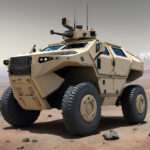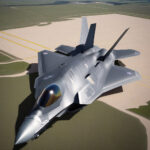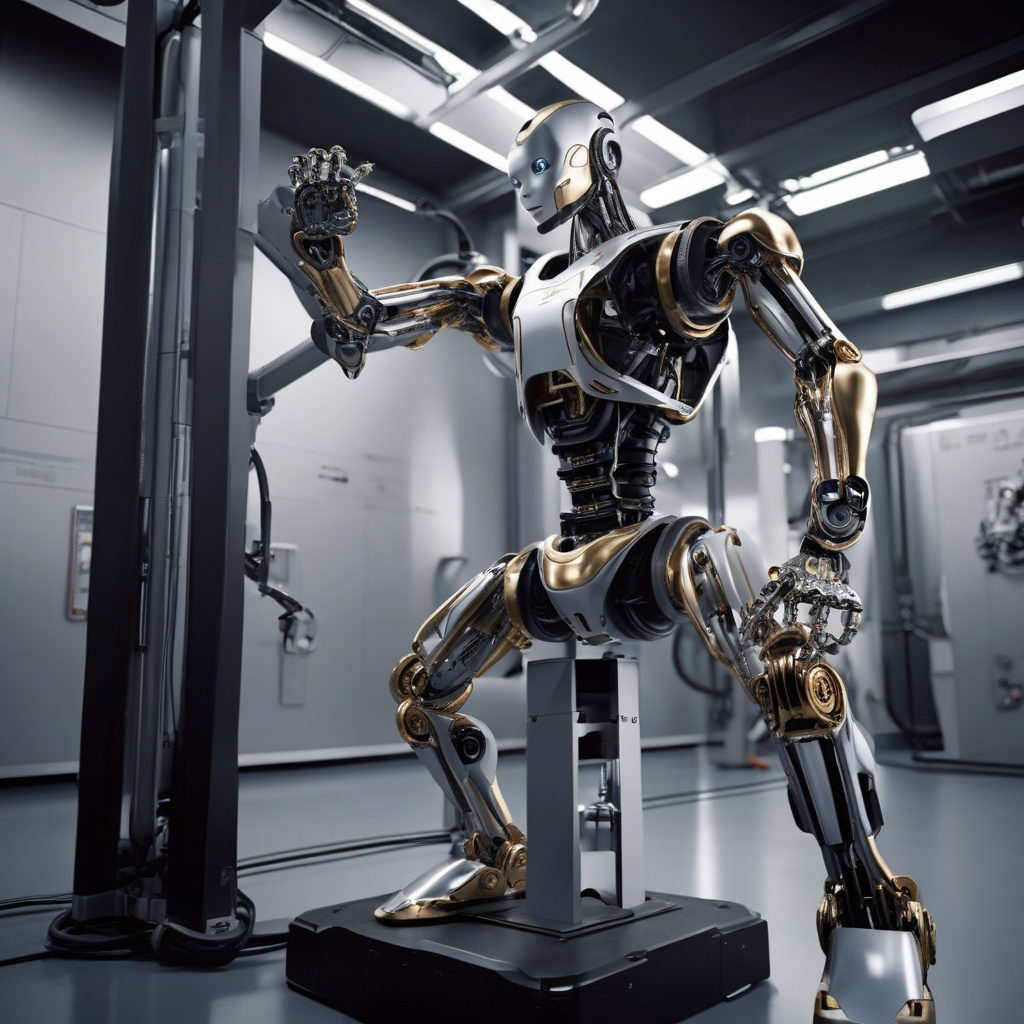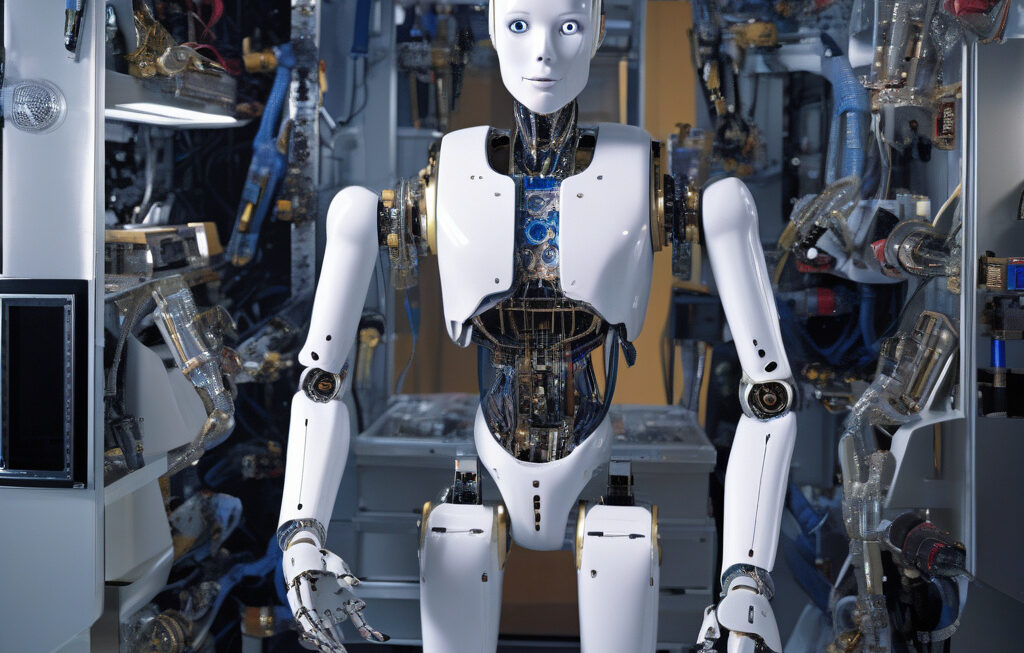Humanoid Robot for Disaster Response Lifts 88lbs in Bicep Curls Test
The Korea Atomic Energy Research Institute (KAERI) has released a video demonstrating the heavyweight lifting capabilities of their latest humanoid robot designed for disaster response. In the video, the robot showcased its impressive strength by effortlessly lifting 88lbs in a series of bicep curls, highlighting its potential to assist in emergency situations where human intervention may be limited or too risky.
This groundbreaking innovation in robotics marks a significant advancement in the field of disaster response technology. With the ability to lift heavy objects and perform physically demanding tasks, humanoid robots like the one developed by KAERI have the potential to revolutionize the way emergency situations are managed. From natural disasters to industrial accidents, these robots can provide invaluable support to human responders by taking on tasks that are too dangerous or strenuous for humans to perform.
The video released by KAERI not only demonstrates the robot’s impressive strength but also showcases its agility and precision. The smooth and controlled movements of the robot during the bicep curls test highlight its advanced capabilities in motion control and coordination. These qualities are essential for navigating complex and unpredictable disaster environments where quick decision-making and precise actions can make a life-saving difference.
In addition to its physical abilities, the humanoid robot is equipped with state-of-the-art sensors and artificial intelligence algorithms that enable it to analyze and respond to its surroundings in real-time. This means that the robot can adapt to changing conditions on the fly, making it a valuable asset in dynamic and high-pressure disaster scenarios.
Furthermore, the humanoid robot’s potential goes beyond disaster response. Its versatility and advanced technology open up possibilities for applications in various industries, including healthcare, construction, and manufacturing. By taking on repetitive or dangerous tasks, these robots can improve efficiency, safety, and overall productivity in a wide range of fields.
As we look to the future, the development of humanoid robots for disaster response represents a significant step towards creating more resilient and effective emergency management systems. By leveraging the power of robotics and artificial intelligence, we can enhance our capabilities to respond to crises and protect human lives in a more efficient and sustainable manner.
In conclusion, the video released by KAERI showcasing the humanoid robot’s ability to lift 88lbs in a bicep curls test is a testament to the incredible potential of robotics in disaster response and beyond. With its strength, agility, and advanced technology, this robot is poised to make a lasting impact on how we approach emergency situations and pave the way for a safer and more secure future.
disaster response, humanoid robot, KAERI, robotics, innovation












